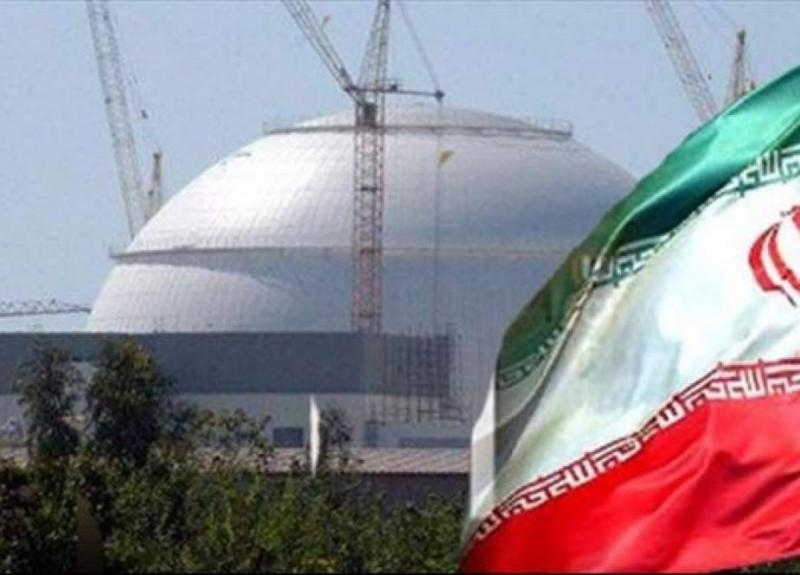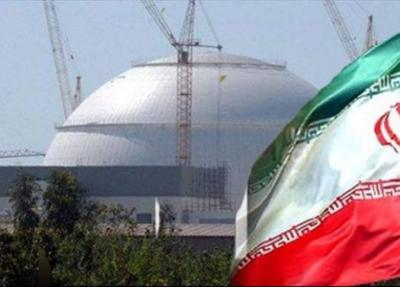The parties gathered in Vienna regarding the Iranian nuclear file are avoiding declaring the failure of their mission and are sticking to distant diplomacy, even though the crisis race has exceeded all announced timelines, with short distances now defined in days or months. While waiting for the announcement of the return of the negotiating teams to their countries and the scheduling of a new round of negotiations (the involved parties have agreed for this to be after the midterm elections in the United States and the legislative elections in Israel), the race is intensifying and taking a different direction; it could either crush the remaining weak hopes or flip the negotiating equation.
It is clear, following the unofficial failure of the last round of talks in Vienna, that negotiations between Iran and the “5 plus 1” countries are suffering from time constraints, with the consequences beginning to threaten the essence of the negotiations. No party can predict the behavior of those concerned with the file, especially Tehran and Tel Aviv, from now until after both the American and Israeli elections, as they prepare for all options in a short sprint; either for a solution or a confrontation. Given that a solution is more complex and difficult to reach in a manner acceptable to both sides, confrontation is likely, but this time it could be direct between them.
For Tehran, the remaining time in this race, until returning to negotiations, can facilitate numerous nuclear or regional steps that help it impose a new negotiation reality. The Iranian leadership may opt for provocative options, utilizing the gap between the end of this round and the announcement of the date for the next round to enhance its enrichment level. This could mean either achieving nuclear warhead capabilities or reaching a level of enrichment that qualifies it to obtain nuclear weapons. Iran bets that returning to Vienna with a nuclear warhead or a level of enrichment surpassing 85% will alter the nature of the negotiations, placing a "nuclear Iran" in a stronger negotiating position with the ability to impose its conditions.
Regionally, Iran’s external tools are complete and waiting for the moment of decision. Tehran, which refuses to address its “regional influence” as a separate file from the “nuclear” issue, resorts to regional maneuvering when its international options narrow, hastening to link various files together and preparing for a new phase where the “nuclear” mixes with regional security, European energy needs, and where the southern borders of Lebanon become one of the keys to war and peace.
Conversely, Tel Aviv, which refuses to coexist with a relatively internationally reconciled "nuclear Iran," asserts that it is not bound by any agreement with Tehran. Thus, the region and the world are concerned that Tel Aviv may use its tools and capabilities to prevent Tehran’s nuclear path during this remaining period until negotiations resume. The pressing time also pushes Tel Aviv to consider preemptive actions to inhibit Tehran's potential nuclear capabilities, which it sees as a threat to its national security.
The element of energy and the Europeans’ need for it, alongside the competition between Tehran and Tel Aviv over energy exports, is part of this sprint race, especially with winter approaching. Tehran hopes to leverage the Europeans' energy needs to its advantage while threatening that it could serve as an alternative, which raises the likelihood of confrontations between them.
Therefore, the most challenging question in this narrow timeframe, which may yield non-diplomatic answers, is: Will Iran remain idle until the midterm elections pass smoothly and the Israeli elections quietly, and will Tel Aviv act independently in a sensitive security moment? The race between them may explode before reaching the finish line despite the short distance.




